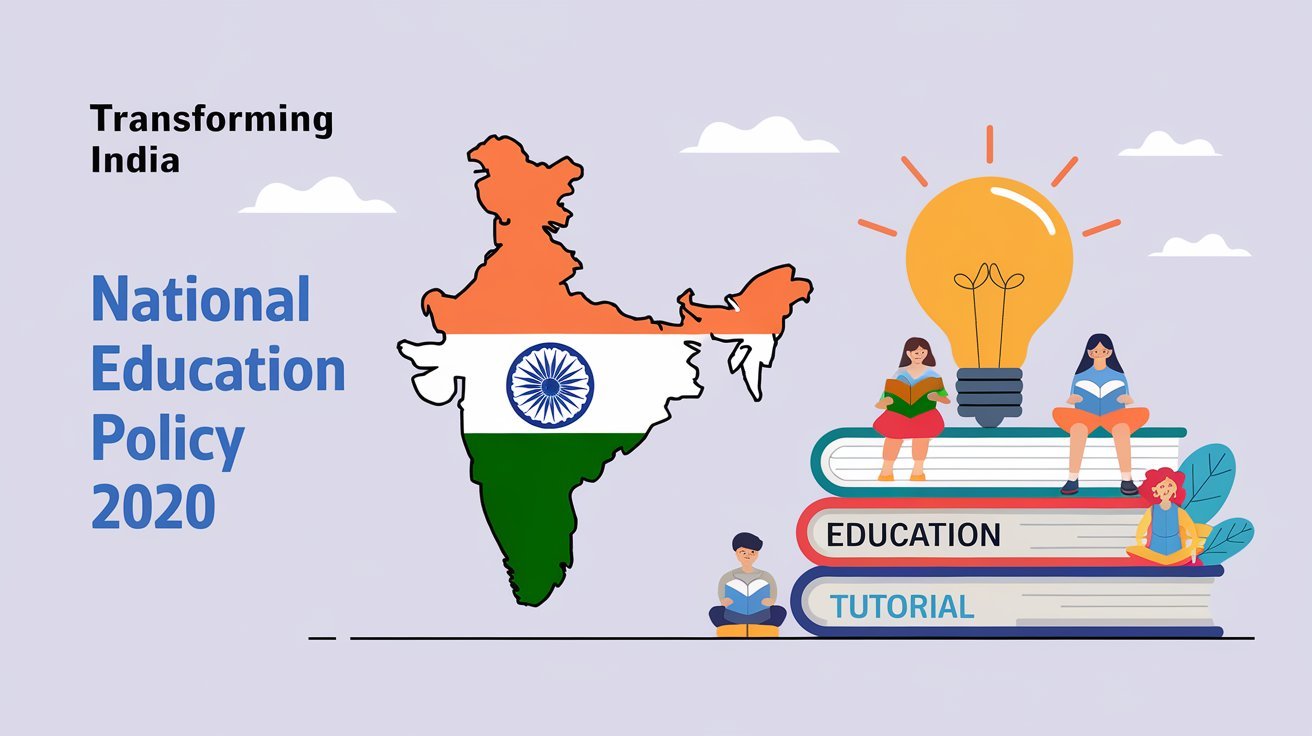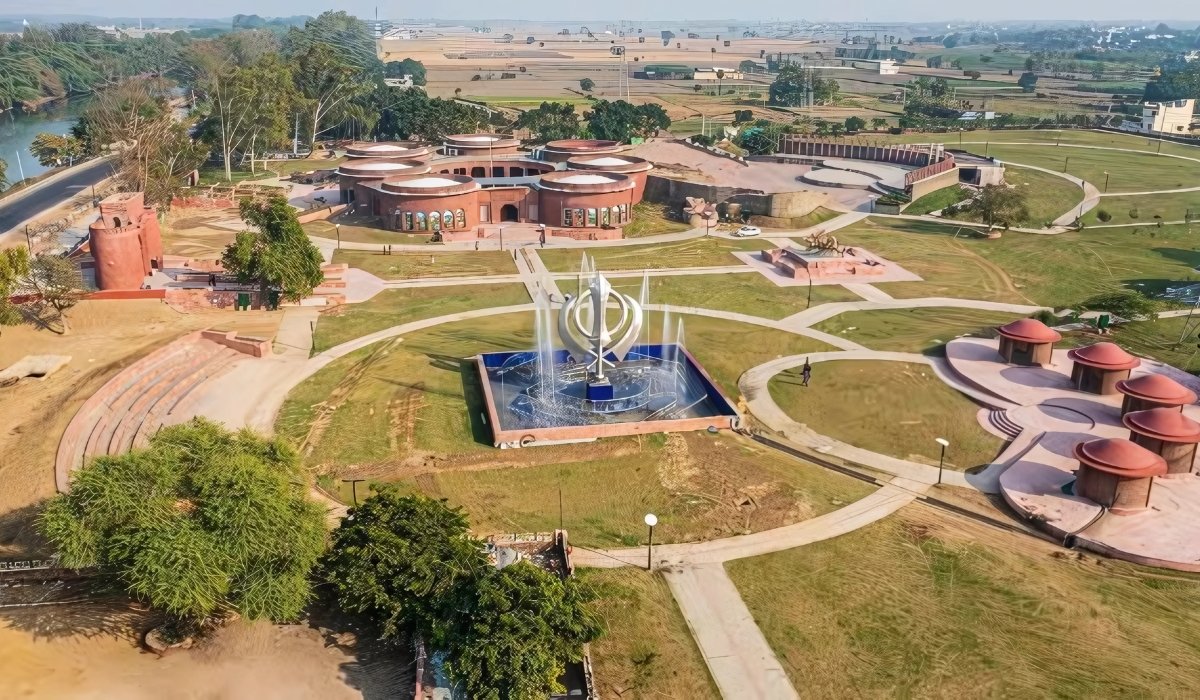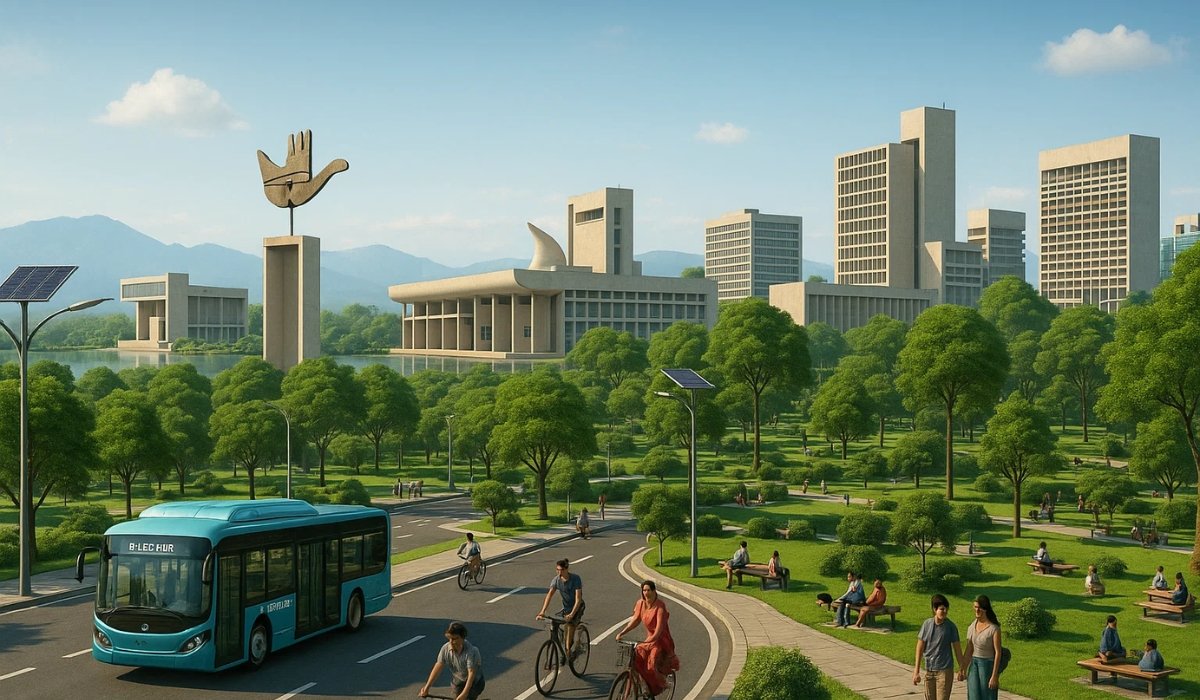The National Education Policy (NEP) 2020-2025 has brought significant transformation to the Indian education system. Introduced by the Government of India in 2020, the policy aims to revamp the existing structure, aligning it with global educational standards while addressing the diverse needs of learners. As India progresses into 2025, the impact of this policy is becoming increasingly evident across various educational sectors.

Key Reforms Introduced Under the National Education Policy
The National Education Policy introduced multiple groundbreaking changes to the Indian education system. Some of the most notable reforms include:
1. Overhaul of the School Education Structure
- The traditional 10+2 system has been replaced with a 5+3+3+4 structure, focusing on foundational, preparatory, middle, and secondary education.
- Early childhood education (ages 3-6) has been integrated into the formal education framework.
2. Emphasis on Multilingual Learning
- Introduction of mother tongue or regional language as the medium of instruction until at least Grade 5, ensuring better comprehension among students.
- Promotion of a three-language formula to encourage linguistic diversity and cultural awareness.
3. Focus on Skill-Based and Experiential Learning
- Vocational training is being introduced at the school level from Grade 6.
- Inclusion of coding and artificial intelligence (AI) in curricula to prepare students for future job markets.
- Increased emphasis on critical thinking, creativity, and problem-solving skills.
4. Major Reforms in Higher Education
- Establishment of a Higher Education Commission of India (HECI) to regulate universities and colleges efficiently.
- Introduction of a multidisciplinary approach, allowing students to choose flexible course structures.
- Implementation of multiple entry and exit options to reduce dropout rates.
5. Digital Transformation in Education
- Expansion of online learning platforms to ensure accessibility in remote areas.
- Launch of the National Educational Technology Forum (NETF) to drive digital innovation in classrooms.

Remarkable Progress in the Last Five Years (2020-2025)
As the policy completes five years of implementation, substantial progress has been recorded in several areas:
1. Increased Enrollment and Participation
- The Gross Enrollment Ratio (GER) in schools and higher education institutions has seen a significant rise.
- More girls and underprivileged students have access to quality education due to government initiatives and scholarships.
2. Strengthened Infrastructure
- Smart classrooms and digital libraries have been established in various institutions.
- Schools in rural areas are being modernized with better infrastructure, sanitation, and internet facilities.
3. Enhanced Teacher Training Programs
- Special teacher training modules have been introduced to align teaching methods with NEP guidelines.
- Emphasis on continuous professional development (CPD) for educators.
4. Global Recognition and Collaborations
- Indian institutions are collaborating with top international universities to provide world-class education.
- NEP 2020 has been widely appreciated by global education forums for its inclusive and forward-thinking approach.
Challenges and the Road Ahead
While the National Education Policy has achieved commendable progress, challenges remain:
- Implementation across all states is inconsistent due to regional policy variations.
- The shift to digital learning still faces hurdles due to connectivity issues in remote areas.
- The requirement for more trained educators to align with the NEP’s reforms.
Despite these challenges, the future looks promising as India continues to integrate technology and innovation into its educational framework. The government’s commitment to bridging these gaps ensures that the National Education Policy remains a game-changer in shaping the country’s future.
People Also Ask :
1. What is our National Education Policy?
The National Education Policy aims to restructure the regulation and governance of the Indian education system to address (sustainable) developmental goals of the country. The general objective of the National Education Policy is to create an equitable and inclusive education system that can provide learning for all.
2. What is NEP in simple words?
The National Education Policy (NEP) of 2020 was introduced as a transformative framework aimed at revamping India’s education system. Replacing the 34-year-old NEP of 1986, it focused on bridging gaps in quality, equity, and access to education at all levels.
3. What is the main aim of the NEP?
NEP 2020 aims to provide equitable and equitable education to every child even if he is in the remote corner of the country. It also emphasizes creativity and problem solving, and crucial skills such as collaboration, communication, and technology use.
4. What is 5-3-3-4 in the new education policy?
The “5+3+3+4” structure in the New Education Policy (NEP) 2020 restructures school education into four stages: Foundational (5 years), Preparatory (3 years), Middle (3 years), and Secondary (4 years).

Conclusion
As India steps into 2025, the National Education Policy has already demonstrated its transformative power in revolutionizing education. With continued efforts from the government, educators, and students, India is on track to becoming a global leader in education. The success of NEP 2020-2025 marks a new era of learning, where innovation, inclusivity, and excellence drive the nation forward.
For more updates on education policies and reforms, visit Chandigarh UT.















